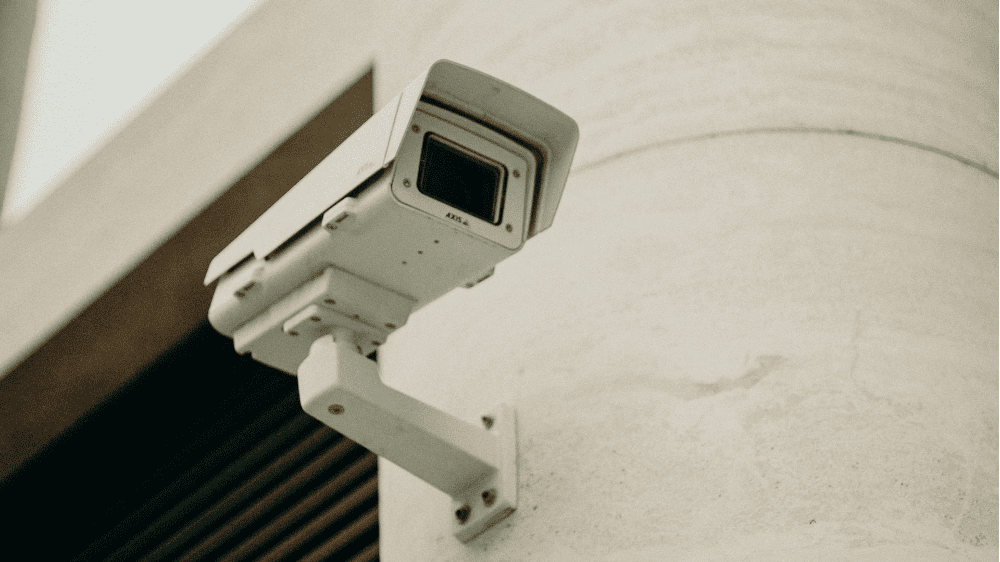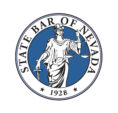The Role of Surveillance Footage in Slip and Fall Claims

When you don’t hurt yourself, it’s a relief when no one sees you slip and fall. You might giggle as you brush yourself off and continue with your day. Yet, harmful slip-and-fall accidents are no laughing matter.
What can you do if you are severely injured in a slip-and-fall incident? In San Diego, you can rely on the personal injury lawyers of Harker Injury Law to help you.
Securing surveillance footage is one way to strengthen your slip and fall claim. Below, you can learn the importance of video footage evidence in slip and fall cases and how to obtain the footage.
Seeking Justice After a Fall Accident
If you have been hurt in a slip-and-fall accident, you might be entitled to seek compensation. Personal injury claims help people get money for their injuries and losses. These claims can be made against a property owner, a business, or another person responsible for the accident.
You must prove that party’s negligence caused your injury to succeed in a personal injury claim. Negligence means that a person did not act with the care that a reasonable person would have used in a similar situation.
When filing a personal injury claim, there are different types of damages you can pursue, including:
- Medical bills
- Lost wages
- Pain and suffering
- Emotional distress
- Property damage
You must prove you are entitled to the amount you seek for these damages. An experienced attorney can help you gather the necessary evidence, like medical reports and repair estimates.
Obtaining surveillance footage is a smart way to strengthen slip and fall claims. Surveillance cameras can show exactly what happened and prove that someone else was at fault, meaning you can get fair compensation.
Strengthening Your Slip and Fall Case With Video Footage
Surveillance footage can provide clear and objective visual evidence to help establish liability in slip and fall cases. Consider the following instances where cameras could lend support to a slip and fall claim.
Private surveillance cameras
Suppose a renter reports poor lighting in the stairwell of an apartment building. Upon inspection, it became immediately apparent that the light bulbs needed replacing.
Though the property owner knew of the problem, he or she failed to complete his duty. One evening, you slipped because you couldn’t clearly see the next step.
Security footage from doorbells reveals your slip-and-fall incident and many other issues. It reveals warning signs like flickering bulbs and several instances where other people almost tripped in the same spot — weeks before your incident.
Without the surveillance cameras installed around a slip-and-fall accident site, how could you prove the property owner should have repaired the slip and fall hazard? Yet, with cameras around, you have video evidence that the landlord neglected to take proper safety measures.
Other examples of private surveillance include drones, smart devices, and dashcam footage.
Closed-circuit television (CCTV)
Many businesses use security systems that utilize CCTV cameras to capture video footage. CCTV sends the video footage to monitors or video recorders.
Security guards can watch the feed live or review the recordings later. If you slip and fall at work or in a public building, your lawyer can use court orders to require property owners to share this security camera evidence.
Surveillance footage can also be obtained from commercial establishments and public areas. In California, CCTV traffic cameras are being installed on urban freeways. Regional Transportation Management Centers monitor the images, analyze incidents, and dispatch law enforcement or emergency services when necessary.
Benefits of surveillance video for personal injury litigation
Proving fault is only possible with clear evidence of what occurred. As part of the discovery process of a slip and fall lawsuit, lawyers investigate claims to determine whether intentional wrongdoing or neglect was involved.
Witness testimonies are useful, but sometimes people forget what they saw. The opposing counsel might also claim that a bystander is somehow biased or mistaken about what he or she saw. Surveillance footage plays a role when an unbiased record is needed to verify the facts.
In a premises liability case, video footage can show hazards such as:
- Poor lighting
- Broken stairs
- Missing railings
- Uncleared snow or ice, spills, debris
- Wet floors
- Uneven surfaces
Video footage can also establish the length of time a hazard was present and reveal visible signs of neglect.
Defeating Obstacles in Obtaining Evidence
Video evidence is a powerful tool for proving personal injury cases. However, it can be challenging to find and secure. A slip and fall attorney, though, has what it takes to overcome the challenges in obtaining footage mentioned below.
Privacy rights
Where you take a photo matters, and each state and city has its own local regulations; for instance, San Diego citizens need to follow privacy statutes.
Individuals could be found guilty of invasion of privacy if they captured video evidence while:
- Peeping through a hole or opening into a place where a reasonable expectation of privacy would exist (e.g., public bathroom stalls, hotel bedrooms, tanning booths)
- Using a telescope, binoculars, camera, mobile phone, or a concealed device
- Intending to violate the privacy rights of another person
What happens if a photographer or videographer violates the law? The valuable evidence that person collected might be destroyed or deemed inadmissible in court. A slip and fall lawyer can ensure that the surveillance footage presented to the court is relevant, authentic, and lawfully obtained.
The nature of film and pictures
If a property owner failed a duty, he or she might try to hide the proof, perhaps by:
- Deleting unfavorable surveillance footage
- Denying the existence of security cameras
- Refusing to provide video evidence of his or her neglect
What’s worse is that some landlords may try to pin the blame on you. If courts find you contributed to the accident, you could lose some or all of your financial reward.
To protect you, an experienced slip and fall lawyer can act quickly to preserve evidence, taking advantage of the law to protect valuable evidence. He or she can seek surveillance footage from multiple sources, such as neighbors, bystanders, and nearby businesses.
If security camera footage is lacking, attorneys can strengthen your slip and fall case by interviewing witnesses and gathering abundant concrete evidence to support the claims process.
Too much security camera footage
Having hours of surveillance footage to comb through can make it difficult to find the exact moment a slip-and-fall accident happened. Examining so much footage takes time and can be overwhelming without the right tools.
With the help of capable attorneys, the search for evidence becomes more efficient. Harker Injury Law’s legal team has the experience and resources to find the critical moments in the footage quickly. We know what to look for and can focus on the details most useful to establishing liability.
Boosting Your Chances of Success
Slipping on a wet floor or tripping down a flight of steps can be the beginning of a financial nightmare. Successful slip and fall claims, though, can wake the injured party from this bad dream, obligating the insurance company to reimburse you for your losses.
At the same time, reaching a fair settlement can be challenging when the parties involved tell different stories. A judge and jury might not know whom to believe. On the other hand, surveillance footage from security cameras can provide an objective account.
At Harker Injury Law, our attorneys want to ensure that every injured person who turns to us gets the compensation he or she deserves. From discovering video footage from unlikely sources to reviewing hours of recording, our team is determined to keep important evidence from slipping through the cracks.
Complete our online contact form today to schedule a consultation with our legal team. We are ready to review your slip and fall case and the video footage that can make it successful.










